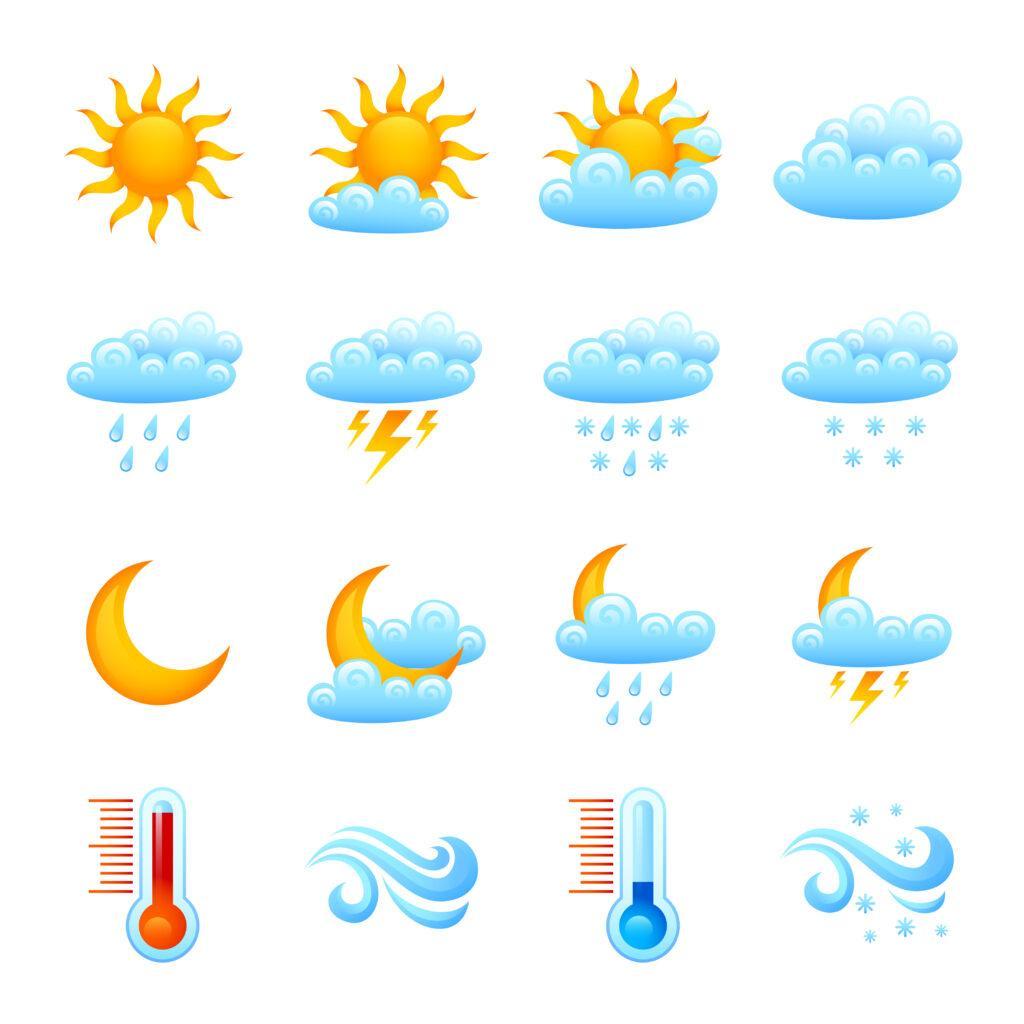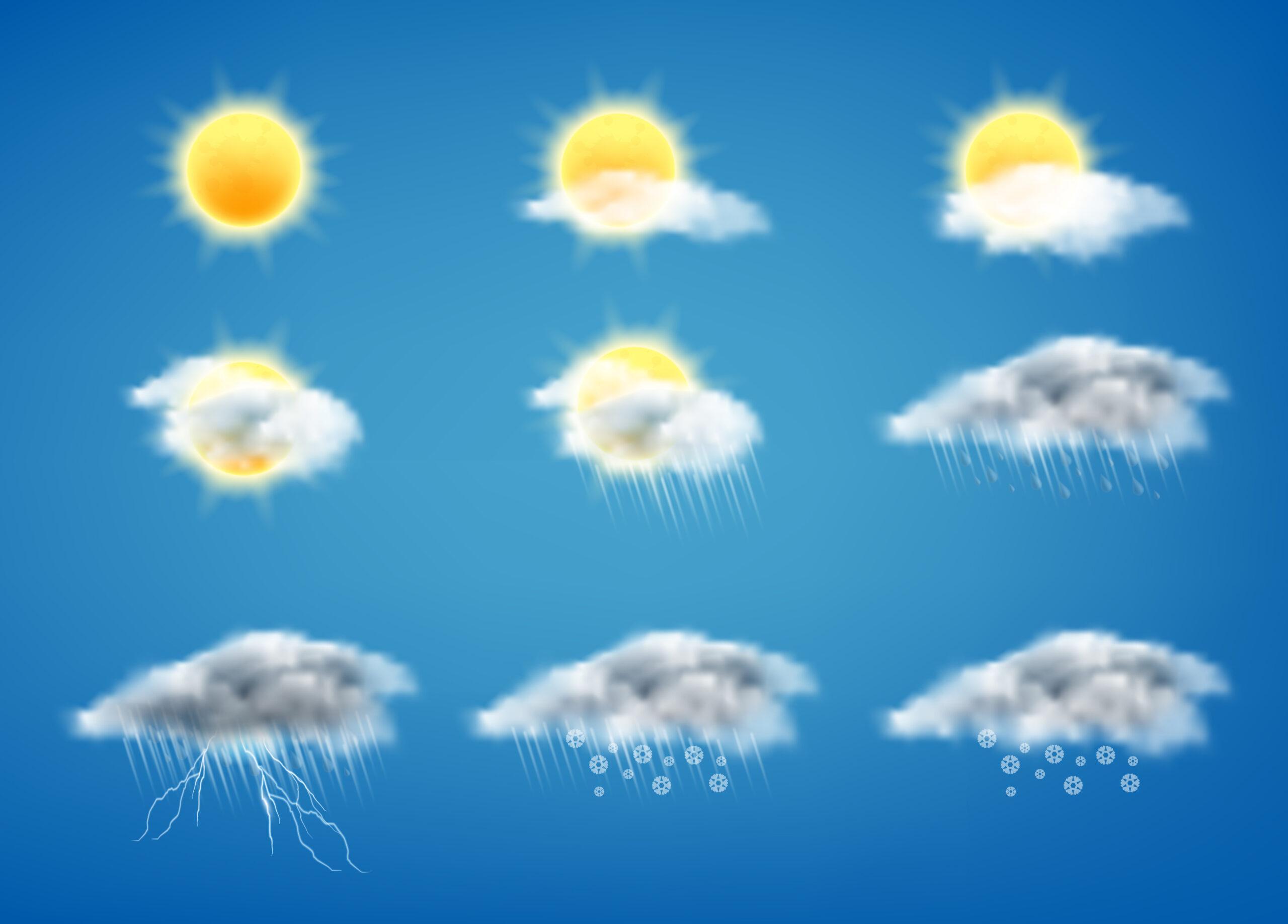Out-of-Season Blazes Fueled by Rare Climate Combination
Southern California is facing highly unusual January wildfires, with fast-moving infernos tearing through the Los Angeles area long after the state’s typical fire season ends. The Palisades and Eaton fires—each burning over 10,000 acres in a single day—have already claimed lives, destroyed hundreds of homes, and forced mass evacuations, including near NASA’s Jet Propulsion Laboratory and the Getty Museum.
Why Are These Fires So Unusual?
While Santa Ana winds are normal in winter, their combination with extreme drought and abundant dry vegetation has created historically dangerous conditions:
- Never-before-seen January fire behavior: Only one similar December event exists in records
- Record-breaking winds: Gusts up to 80 mph, strongest since 2011
- Critical fire weather alerts extended through January 10
“This is the most explosive fire behavior imaginable,” says Crystal Kolden, fire scientist at UC Merced.
The Perfect Storm of Fire Conditions
1. Climate Whiplash
- Wet 2023 winter led to heavy vegetation growth
- Historic 2024 drought turned that growth into tinder
- No fall/winter rains left landscapes parched
2. Atmospheric Blocking
A persistent high-pressure system—potentially linked to warmer Pacific Ocean temperatures—has diverted storms away from California.
“This sequence of events would have been extremely unlikely without climate influences,” says Park Williams, UCLA climate scientist.
Climate Change Connection Under Investigation
While research is ongoing, scientists note troubling patterns:
✔ Increasing frequency of blocking high-pressure systems
✔ Warmer ocean temps altering storm tracks
✔ Longer fire seasons with more extreme behavior
“The rules we used to understand fire seasons no longer apply,” warns Daniel Swain, UCLA climate expert.

Ongoing Threats and Future Risks
With Santa Ana winds continuing, firefighters face extreme challenges. The events highlight how:
- Traditional “fire season” boundaries are disappearing
- Urban-wildland interfaces remain vulnerable
- Climate adaptation strategies must accelerate
As Daniel Cayan (UC San Diego) notes: “What we’re seeing may become the new abnormal for Southern California.”
Sources:
- California Department of Forestry and Fire Protection (CAL FIRE)
- US National Weather Service
- University of California climate researchers
Image Credits:
- Satellite fire detection maps
- Historical Santa Ana wind patterns

